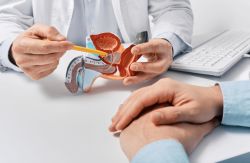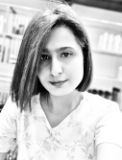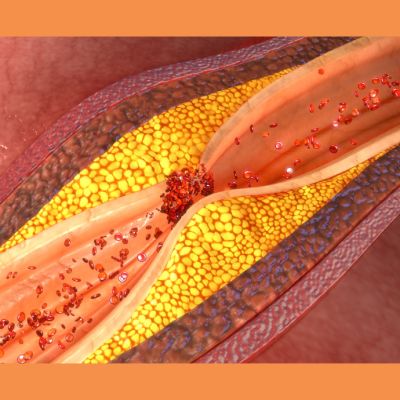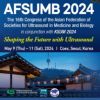The new software, Tracking Equilibrium and Nonequilibrium shifts in Data (TREND), can quickly analyse a series of images such as CT, MRI, ultrasound or any video from scientific equipment of all kinds. Steven R. Van Doren, Professor of Biochemistry at University of Missouri answered our questions about this exciting new development.
TREND resolves one or many trends running through movies or series of images. It can reconstruct a movie or set of images from only the trends of interest, eg a chosen aspects of the cardiac cycle. It can also cluster images. Example applications include imaging of the chest (cardiac and arterial motion) and CSF fluid flow in the brain.
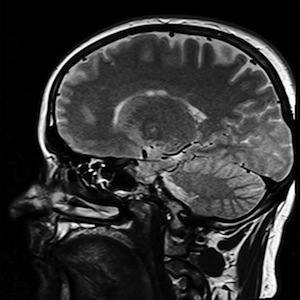
TREND is normally used with a long known and widely trusted algorithm called PCA. To count the number of trends, or components, that are significant and to confirm them by other mathematical means, TREND also offers the newer ICA algorithm. These exercises don’t diminish the need for proper pre-clinical and clinical testing and vetting, however.
Xu J and Van Doren SR (2016) Binding Isotherms and Time Courses Readily from Magnetic Resonance. Anal. Chem, 88(16): 8172-8.
Image credit: Pixabay
1. TREND is a very promising development for interpretation in radiology. Could you tell us about its capability?
TREND resolves one or many trends running through movies or series of images. It can reconstruct a movie or set of images from only the trends of interest, eg a chosen aspects of the cardiac cycle. It can also cluster images. Example applications include imaging of the chest (cardiac and arterial motion) and CSF fluid flow in the brain.

2. Has it been tested or used in a clinical setting at this point?
No. The next steps are to evaluate TREND in pre-clinical studies, make modifications needed by radiologists and clinicians, and then apply it to clinical studies.3. Is there any particular imaging modality (eg CT or MRI) that TREND is most suited for?
TREND reads and processes all forms of movies and sets of images that we have tried. It should be capable of identifying trends of change in series of images and movies generated by any modality, in principle. We have been applying TREND to cutting-edge, real-time MRI movies, real-time x-ray movies, and optical movies measured with fibre optics. Analysis using TREND only requires that the images be collected uniformly for comparison. We are eager for radiologists and clinical investigators to try TREND on any and all modalities where they sense a need. We ask them to interact with us, at least by pointing out the key clinical needs that TREND may be able to address and by offering us feedback on how we can enhance TREND or make it more convenient for them.4. TREND has the potential to change the landscape of radiology. What kind of changes do you foresee in the near future?
It makes sense to try TREND on any modalities that generate video or series of images collected uniformly for comparison, eg segments of ultrasound video collected with a steady angle of view. As additional real-time modalities become adopted (eg, real-time MRI and optical modalities), TREND can make an increasing impact. It can readily mine and sift the wealth of information from complex series of images. For example, it can be used to resolve dozens of concurrent processes in the cardiac cycle, which is marvellously complex. Certain aspects of the cardiac cycle resolved this way can probably be exploited for new diagnostic insight.5. Does TREND have any features that helps to assure the quality of its interpretation?
Demonstrations of accuracy was a key purpose of the examples in Xu and Van Doren (2016) and Xu and Van Doren (2017).TREND is normally used with a long known and widely trusted algorithm called PCA. To count the number of trends, or components, that are significant and to confirm them by other mathematical means, TREND also offers the newer ICA algorithm. These exercises don’t diminish the need for proper pre-clinical and clinical testing and vetting, however.
Reference
Xu J and Van Doren SR (2017) Tracking Equilibrium and Non-equilibrium Shifts in Data with TREND. Biophysical J.,112(2): 224-233.Xu J and Van Doren SR (2016) Binding Isotherms and Time Courses Readily from Magnetic Resonance. Anal. Chem, 88(16): 8172-8.
Image credit: Pixabay

